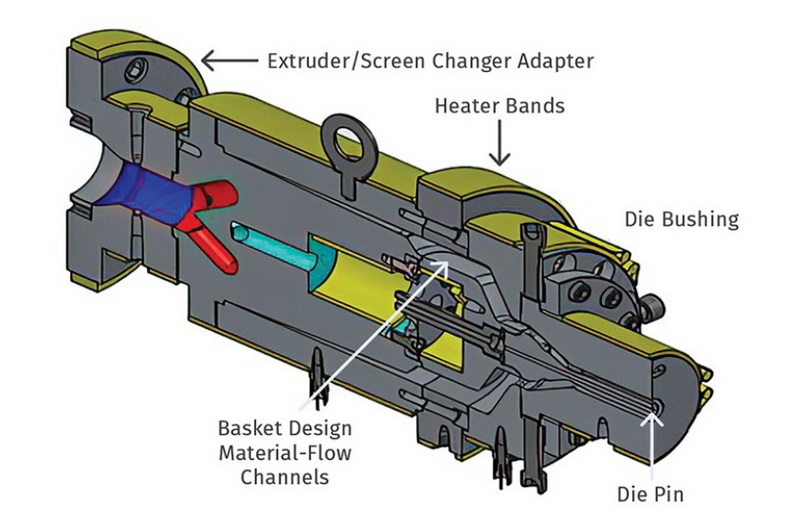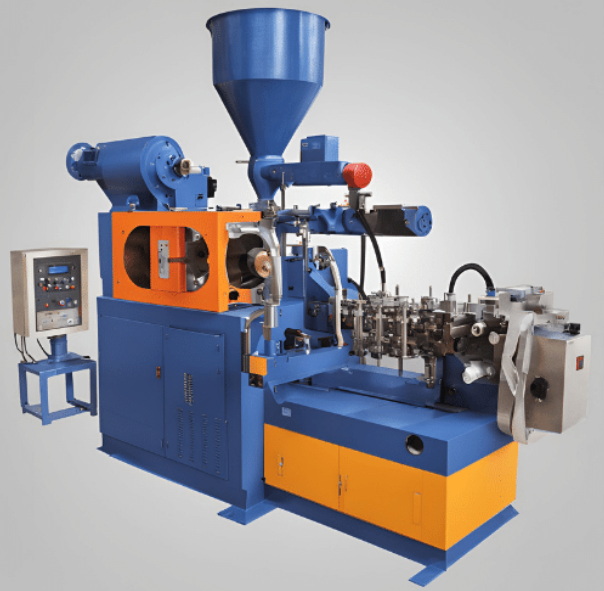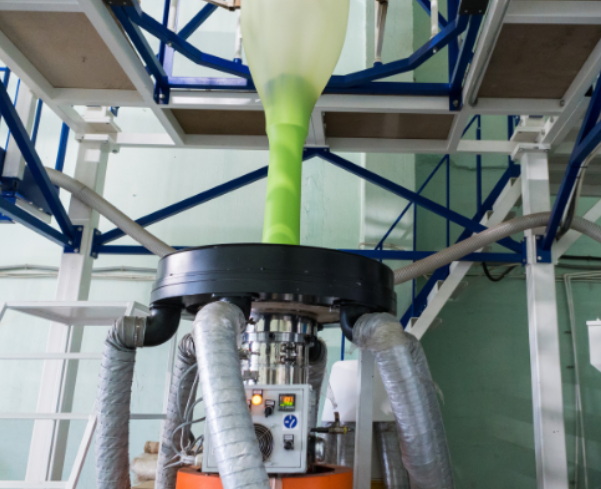Content Menu
● Understanding the Basics of Extrusion
● Factors to Consider When Choosing an Extrusion Plastic Pipe Production Line
>> 1. Production Capacity
>> 2. Material Compatibility
>> 3. Extruder Type
>> 4. Automation and Control Systems
>> 5. Energy Efficiency
>> 6. Quality of Components
>> 7. After-Sales Support
● The Extrusion Process Explained
● Common Challenges in Pipe Extrusion
● Conclusion
● FAQ
>> 1. What types of materials can be used in an extrusion plastic pipe production line?
>> 2. How do I determine the right size of an extruder?
>> 3. What is the difference between single-screw and twin-screw extruders?
>> 4. How important is after-sales support when purchasing an extrusion line?
>> 5. What are some common problems faced in pipe extrusion?
● Citations:
In the modern manufacturing landscape, selecting the right "extrusion plastic pipe production line" is crucial for businesses aiming to produce high-quality pipes efficiently. This comprehensive guide will walk you through the essential factors to consider when choosing an extrusion line, ensuring that your investment aligns with your production needs and business goals.

Understanding the Basics of Extrusion
Extrusion is a process where raw plastic materials are melted and formed into continuous shapes, such as pipes. The process involves several critical components, including:
- Extruder: The machine that melts and shapes the plastic.
- Die: The tool that shapes the molten plastic into the desired pipe profile.
- Cooling System: A method to solidify the extruded pipe.
- Haul-off Unit: Equipment that pulls the pipe through the line at a controlled speed.
- Cutting Machine: A device that cuts the finished pipe to specified lengths.
Factors to Consider When Choosing an Extrusion Plastic Pipe Production Line
Choosing the right extrusion line can significantly impact your production efficiency, product quality, and overall profitability. Here are key factors to consider:
1. Production Capacity
Evaluate your production requirements, including:
- Output Rate: Determine how many pipes you need to produce per hour or day.
- Pipe Sizes: Consider the range of diameters and wall thicknesses you will manufacture.
A higher output rate generally leads to better efficiency but may require a larger investment in machinery.
2. Material Compatibility
Different types of plastics require specific machinery. Common materials include:
- PVC (Polyvinyl Chloride): Widely used for plumbing and drainage.
- HDPE (High-Density Polyethylene): Known for its strength and flexibility.
- PP (Polypropylene): Suitable for chemical applications.
Ensure that your chosen extrusion line can handle the specific materials you plan to use.
3. Extruder Type
Choose between single-screw and twin-screw extruders based on your needs:
- Single-Screw Extruders: Ideal for standard applications with less complex material requirements.
- Twin-Screw Extruders: Better for processing more challenging materials, allowing for better mixing and control.
4. Automation and Control Systems
Modern extrusion lines come equipped with advanced automation features:
- PLC Control Systems: These enhance precision and reduce human error.
- Real-Time Monitoring: Allows operators to track production metrics and make adjustments on-the-fly.
Investing in automation can lead to significant long-term savings by reducing labor costs and improving product consistency.
5. Energy Efficiency
Energy consumption is a significant operational cost. Look for machines designed with energy-saving technologies, such as:
- Efficient heating systems
- Variable speed drives
These features not only reduce costs but also contribute to more sustainable manufacturing practices.
6. Quality of Components
The quality of machinery components directly affects production quality. Opt for manufacturers that use reputable brands for critical parts like motors, sensors, and control systems.
7. After-Sales Support
Reliable after-sales support is essential for minimizing downtime. Ensure that the manufacturer provides:
- Comprehensive warranties
- Access to spare parts
- Technical support services
This support can be crucial in maintaining operational efficiency over time.

The Extrusion Process Explained
Understanding the extrusion process can help you make informed decisions about equipment selection.
1. Material Feeding: Raw plastic pellets are fed into the extruder hopper.
2. Melting: The extruder heats the material until it melts into a viscous state.
3. Shaping: The molten plastic is forced through a die, forming it into a continuous pipe shape.
4. Cooling: The extruded pipe is cooled using water or air to solidify it into its final form.
5. Cutting: Once cooled, the pipe is cut into specified lengths by a cutting machine.
Common Challenges in Pipe Extrusion
Understanding potential challenges can help you select a line that minimizes these issues:
- Surface Defects: Rough surfaces may result from improper cooling or temperature control.
- Dimensional Variability: Inconsistent wall thickness can occur due to improper calibration of equipment.
- Production Downtime: Frequent breakdowns can significantly affect productivity; thus, robust machinery is essential.
Conclusion
Selecting the best extrusion plastic pipe production line requires careful consideration of various factors, including production capacity, material compatibility, automation features, energy efficiency, component quality, and after-sales support. By thoroughly evaluating these aspects, businesses can make informed decisions that enhance their manufacturing capabilities and ensure high-quality output.

FAQ
1. What types of materials can be used in an extrusion plastic pipe production line?
Common materials include PVC, HDPE, PP, and PPR. Each material has specific requirements and characteristics suited for different applications.
2. How do I determine the right size of an extruder?
Consider your production volume needs and the range of pipe sizes you plan to manufacture. Consult with manufacturers about their available models and specifications.
3. What is the difference between single-screw and twin-screw extruders?
Single-screw extruders are simpler and suitable for standard applications, while twin-screw extruders offer better mixing capabilities and are ideal for more complex materials.
4. How important is after-sales support when purchasing an extrusion line?
After-sales support is crucial as it ensures quick resolution of issues that may arise during operation, minimizing downtime and maintaining productivity.
5. What are some common problems faced in pipe extrusion?
Common issues include surface defects on pipes, dimensional variability in wall thickness, and frequent machine breakdowns due to inadequate maintenance or poor-quality components.
Citations:
[1] https://www.jwellextrusions.com/selecting-the-right-pipe-extruder.html
[2] https://jieyatwinscrew.com/blog/the-ultimate-guide-to-pipe-extrusion/
[3] https://www.yjing-extrusion.com/what-makes-china-pvc-pipe-extrusion-production-lines-the-best-in-the-market.html
[4] https://www.faygo.cn/Pipe-Extrusion-System/286.html
[5] https://www.youtube.com/watch?v=Kv9wpOf5iVg
[6] https://www.accextrusion.com/news/the-5-major-steps-in-plastic-pipe-extrusion-line-manufacturing-process/
[7] https://www.won-plus.com/blog/extrusion-technology-related-questions-and-answers_b40






















